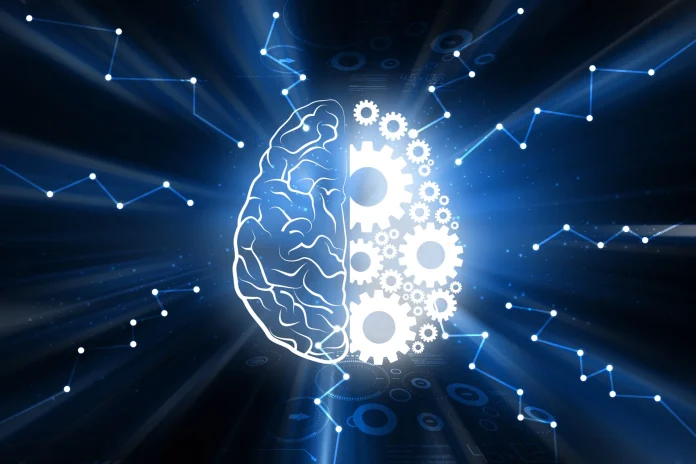Brain oscillations, the rhythmic electrical activity of the brain, offer a window into how our brains function. Recent research has focused on a specific type of oscillation called “brain ripples,” which play a crucial role in memory formation and are disrupted in neurological disorders like epilepsy and Alzheimer’s disease.
This new study presents a giant leap in detecting these vital brain ripples. Researchers have developed a powerful toolbox of AI models specifically trained to identify ripples in EEG (electroencephalography) data.
AI-Powered Ripple Detection
The key innovation lies in using artificial intelligence (AI) for automated ripple detection. Traditional methods often need to catch the subtle variations in ripple waveforms, leading to inaccurate analysis. This new approach, AI-powered ripple detection, utilizes AI’s ability to effectively learn and recognize patterns to identify ripples even with diverse characteristics.
Cross-Species Applicability To Detect Brain Ripples
The AI models were initially trained on EEG data collected from laboratory mice. The researchers then tested the models’ efficacy on data from non-human primates, achieving successful results. This cross-species applicability suggests positive outcomes for using these models in human brain research.
Open-Source Collaboration for Future Advancements
The spirit of scientific collaboration is tested through this project. The research team, led by Dr. Sergio M. de la Prida from the Spanish National Research Council (CSIC), has made the entire toolbox of AI models, containing over 100 variations, freely available to the scientific community. This open-source approach allows other researchers to utilize and further develop these models, accelerating advancements in brain research.
Broader Implications for Neurotechnology
The successful detection of ripples using AI has created ways for the application in various neurotechnology fields. These models could be instrumental in:
Diagnosing neurological disorders:
By analyzing ripple patterns, doctors could diagnose epilepsy or Alzheimer’s disease more effectively. Current diagnostic methods for these conditions can be time-consuming, expensive, or invasive. AI-powered EEG analysis using ripple detection has the potential to provide a faster, non-invasive, and more objective diagnostic tool.
Understanding memory function:
Studying how ripples relate to memory formation and retrieval can deepen our understanding of human cognition. Researchers could use these AI models to analyze brain activity during learning and memory tasks, providing valuable insights into how memories are encoded and stored in the brain.
Developing new brain-computer interfaces (BCIs):
Precise detection of ripples could improve the ability of BCIs to interpret brain signals for communication and control purposes. BCIs are devices that translate brain activity into commands or actions. By understanding the specific neural correlates of movement or thought, researchers can develop BCIs that are more accurate, efficient, and user-friendly.
From Hackathon to the Future of Brain Research
This breakthrough originated from collaborative efforts, highlighting the power of teamwork and innovation in scientific discovery. The open-source availability of AI models ensures continued development and refinement by researchers worldwide. This study showcases our ability to understand brain function, with the potential to revolutionize diagnosis, treatment, and our understanding of neurological and cognitive processes.
The long-term implications of this research are vast. As scientists delve deeper into the world of brain ripples and their connection to memory and neurological disorders, we can expect advancements in:
- Personalized medicine: By customizing treatments to individual patients based on their specific brain activity patterns, doctors could improve treatment efficacy and reduce side effects.
- Development of new therapies: A deeper understanding of how ripples are disrupted in neurological diseases could create a way to develop new drugs or medicines to restore normal brain function.
- Enhanced brain training: By understanding how brain ripples are involved in memory consolidation, researchers could develop more effective brain training techniques to improve cognitive function.
With the help of AI, scientists are unlocking the secrets of brain oscillations and their role in memory, disease, and cognition. The results of brain ripples in this research are far-reaching, promising to revolutionize our understanding of the brain and its impact on human health and well-being.



